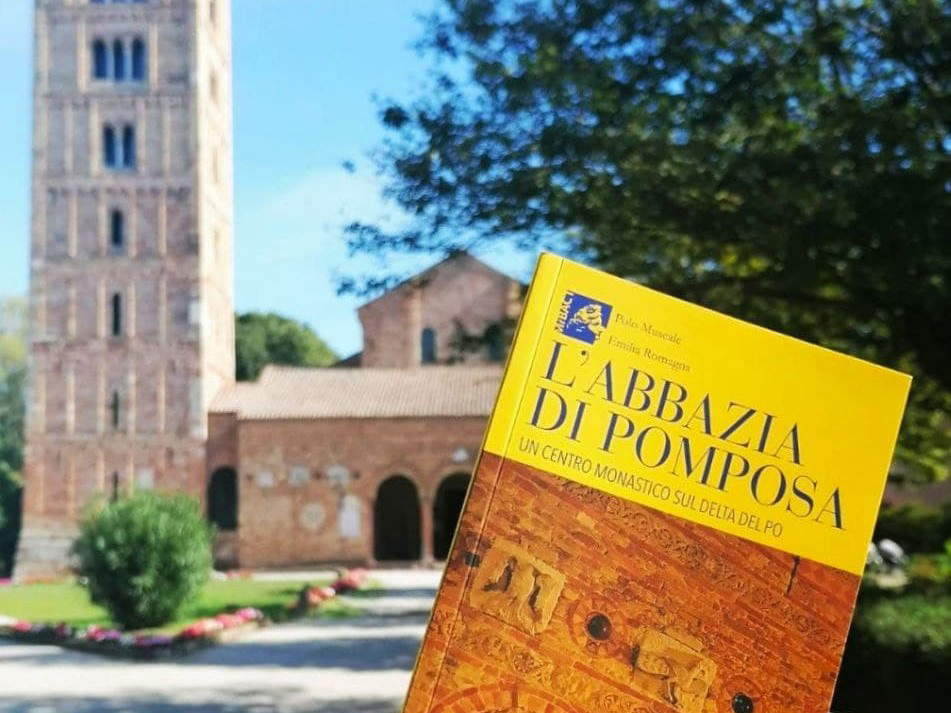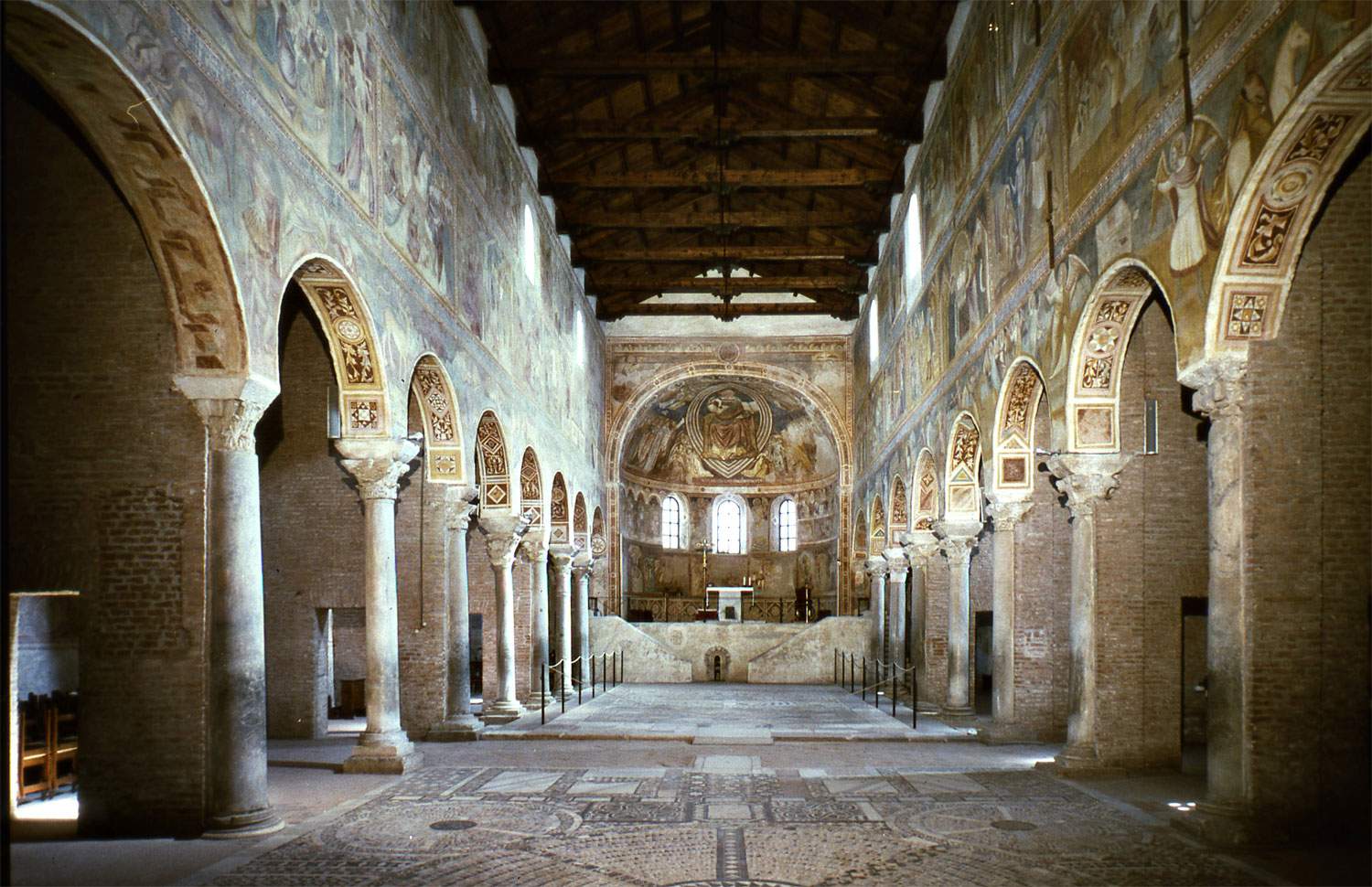Pomposa Abbey goes out to meet its audience and sells its guidebook for only 2 euros
An initiative was launched today to bring Pomposa Abbey and the Pomposian Museum closer to its visitors. The initiative concerns the guide to the complex, entitled L’Abbazia di Pomposa. A monastic center on the Po Delta: it is a publication published by Sagep Editori srl, and is a nimble 56-page booklet, available in both English and Italian versions. From today, for those who decide to enter to visit the monastic complex, one of the most important in northern Italy, the guide will cost only 2 euros more than the cost of the ticket. With this initiative, the abbey intends to get even closer to its public by focusing on the possibility of offering everyone an affordable but useful and rigorous tool.
The guide leads the reader to discover the treasures that the Abbey holds and allows him or her to visit it independently as well as to preserve its memory. The texts and iconographic research are the work of Marta Greco and Licia Diamanti of the Emilia-Romagna Regional Museums Directorate, who, together with Paola Desantis, former director of the complex, devised the guide’s backbone.
Pomposa Abbey, located near Ferrara, not far from the shores of the Adriatic Sea, dates back to the 6th-7th centuries, a time when a Benedictine settlement saw the light of day on the “Insula Pomposia,” a wooded island surrounded by the Po River. After the year 1000 the complsso grew larger and Pomposa became one of the most important monasteries in Italy, and throughout the Middle Ages it welcomed illustrious guests (including Guido d’Arezzo, the monk who invented musical writing based on the seven-note system) and was clothed in wonderful works of art, starting with the Giottesque fresco cycle that can be admired in the abbey church of Santa Maria and the precious mosaics executed between the 6th and 12th centuries.

“We thought,” says the director of the complex Serena Ciliani, “of a simple and inexpensive way for visitors to experience the visit accompanied by a concise but timely printed guide. This is meant to be an opportunity to improve the user’s approach to the site by making use of textual apparatus and images that certainly enrich the extraordinary journey within the Pomposian experience.”
“The guide,” the director continues, “allows the public to learn about Pomposa Abbey by combining popular and didactic intentions. Accompanied by a rich iconographic apparatus and useful maps for orientation, it examines in the first part the historical and geographical aspects contextualizing the structure within the territory and the events of history. The next section offers the visit in detail, delving into the monastic environments, with some focus on the personalities who made Pomposa so famous over the centuries. The main pictorial apparatus and artifacts from both the church and the abbey complex and its surroundings are then presented, in a chronological excursus from the 6th century to the 19th century. Our goal is to provide an opportunity for visitors to experience the museum complex as a space for reflection on the rich heritage that is housed and treasured. The desire is that through the offer of a subsidized price for the purchase of the guidebook, we can stimulate citizens and visitors to experience Pomposa as an identity place, to take time to read and learn about its artistic treasures in depth.”
 |
| Pomposa Abbey goes out to meet its audience and sells its guidebook for only 2 euros |
Warning: the translation into English of the original Italian article was created using automatic tools. We undertake to review all articles, but we do not guarantee the total absence of inaccuracies in the translation due to the program. You can find the original by clicking on the ITA button. If you find any mistake,please contact us.





























